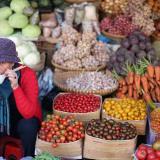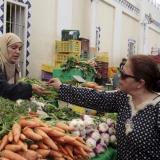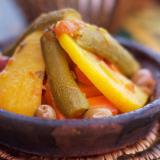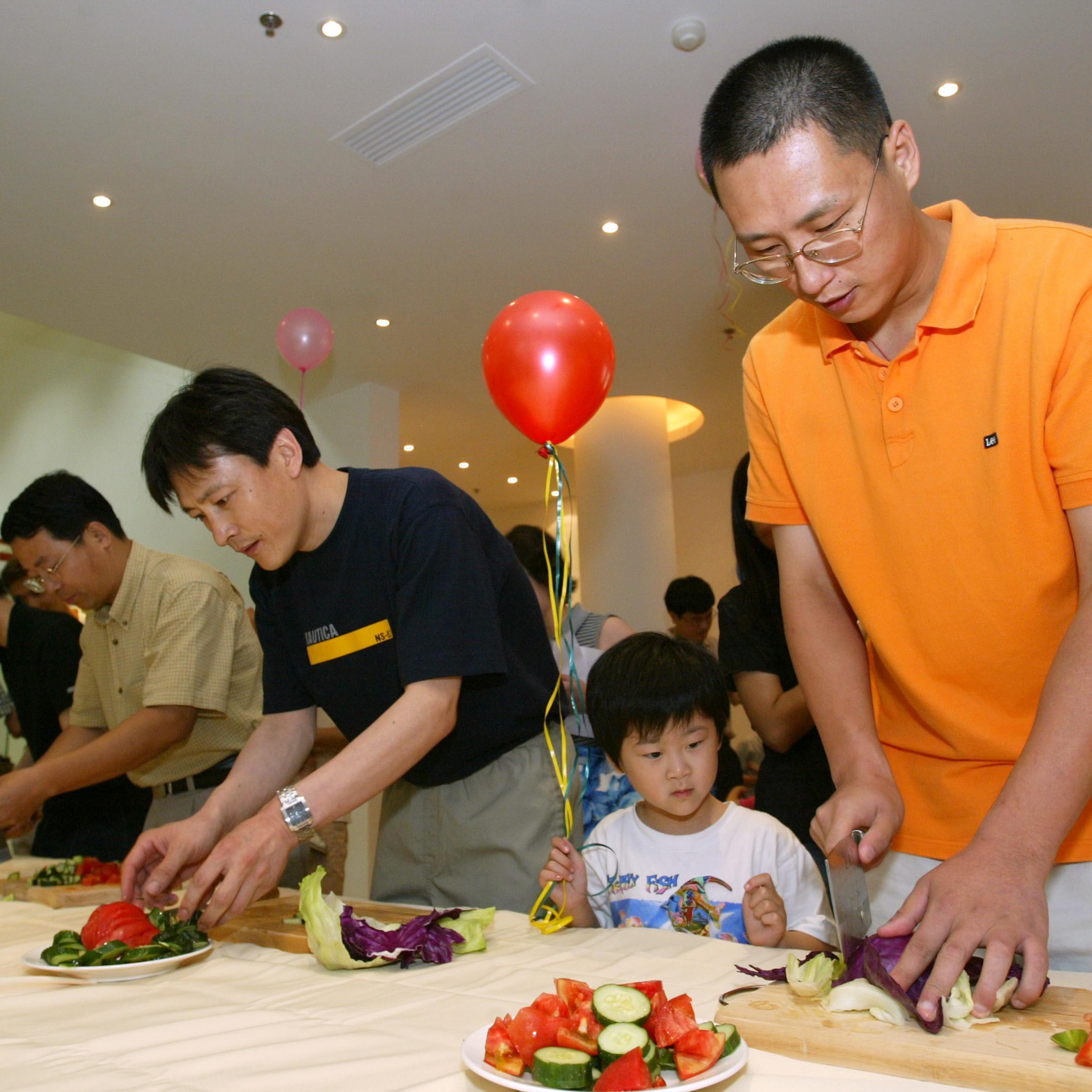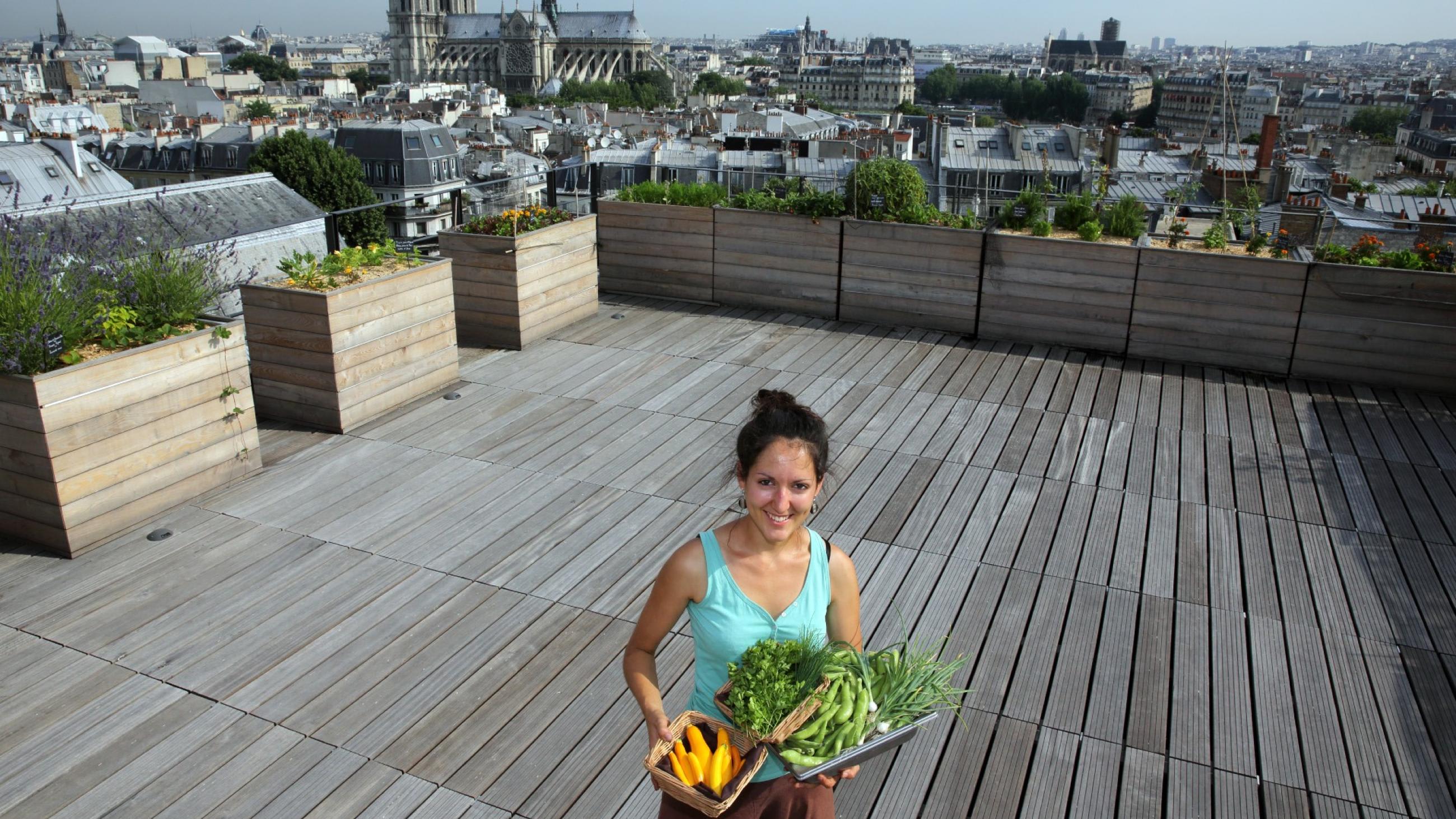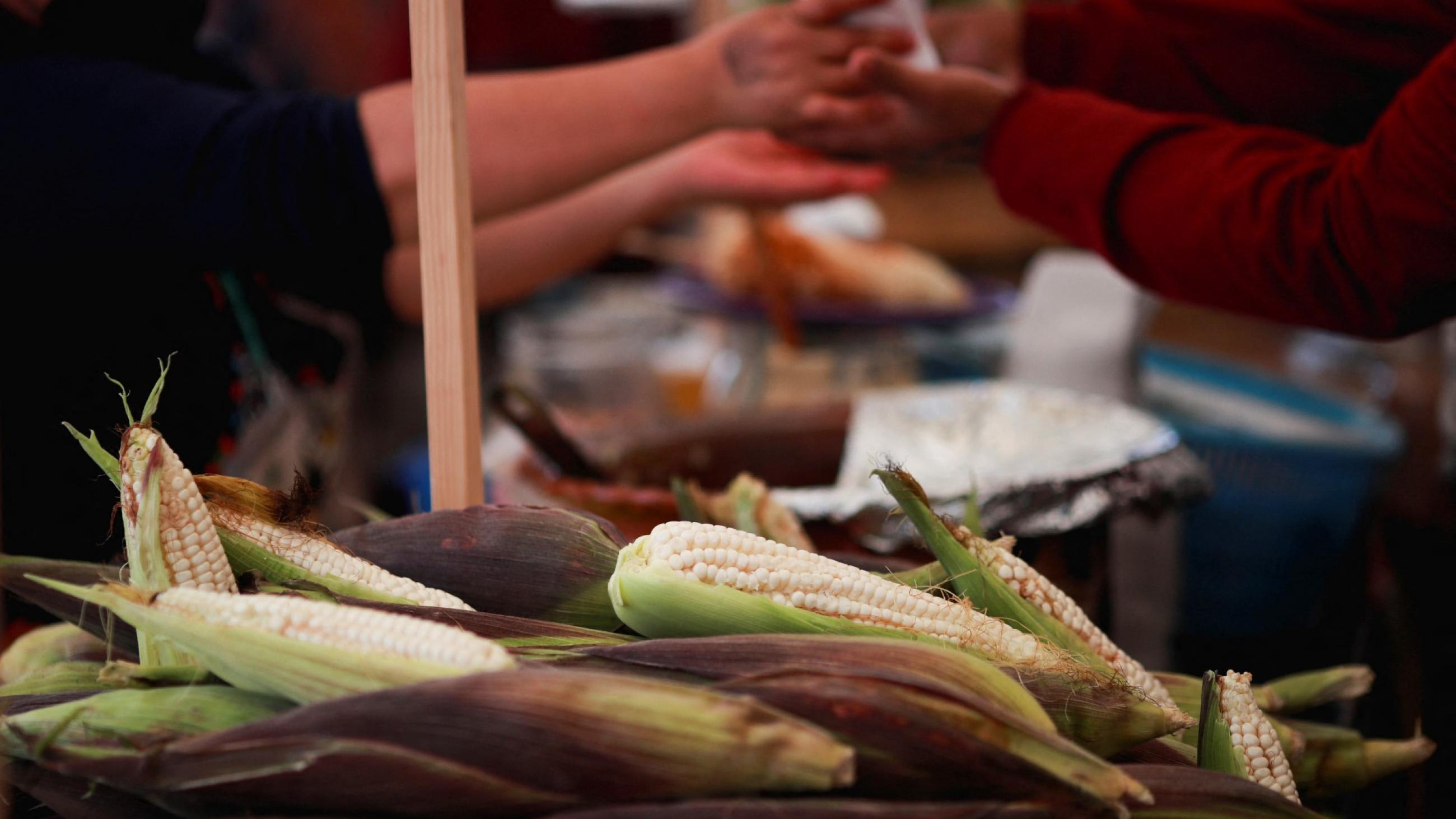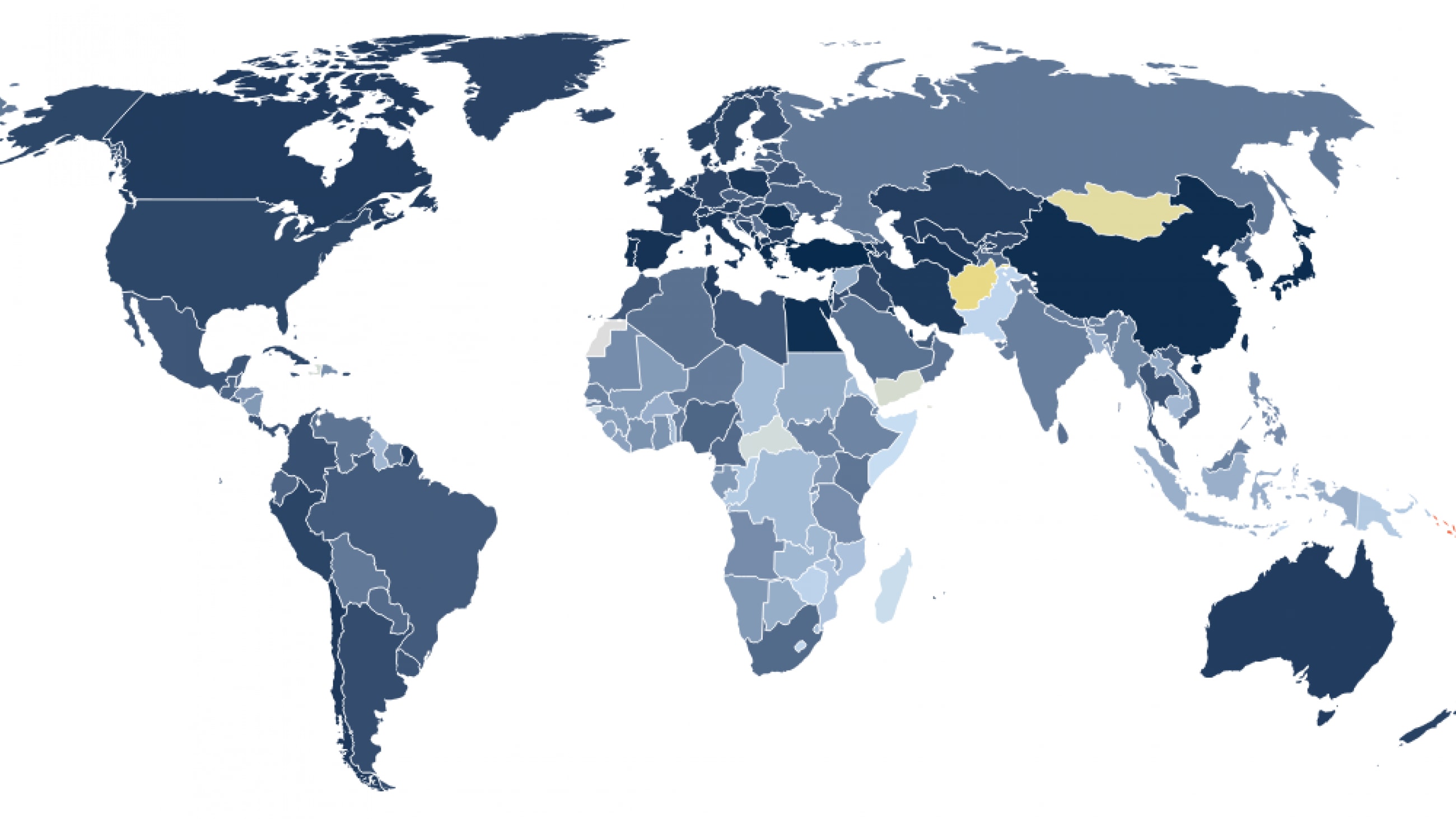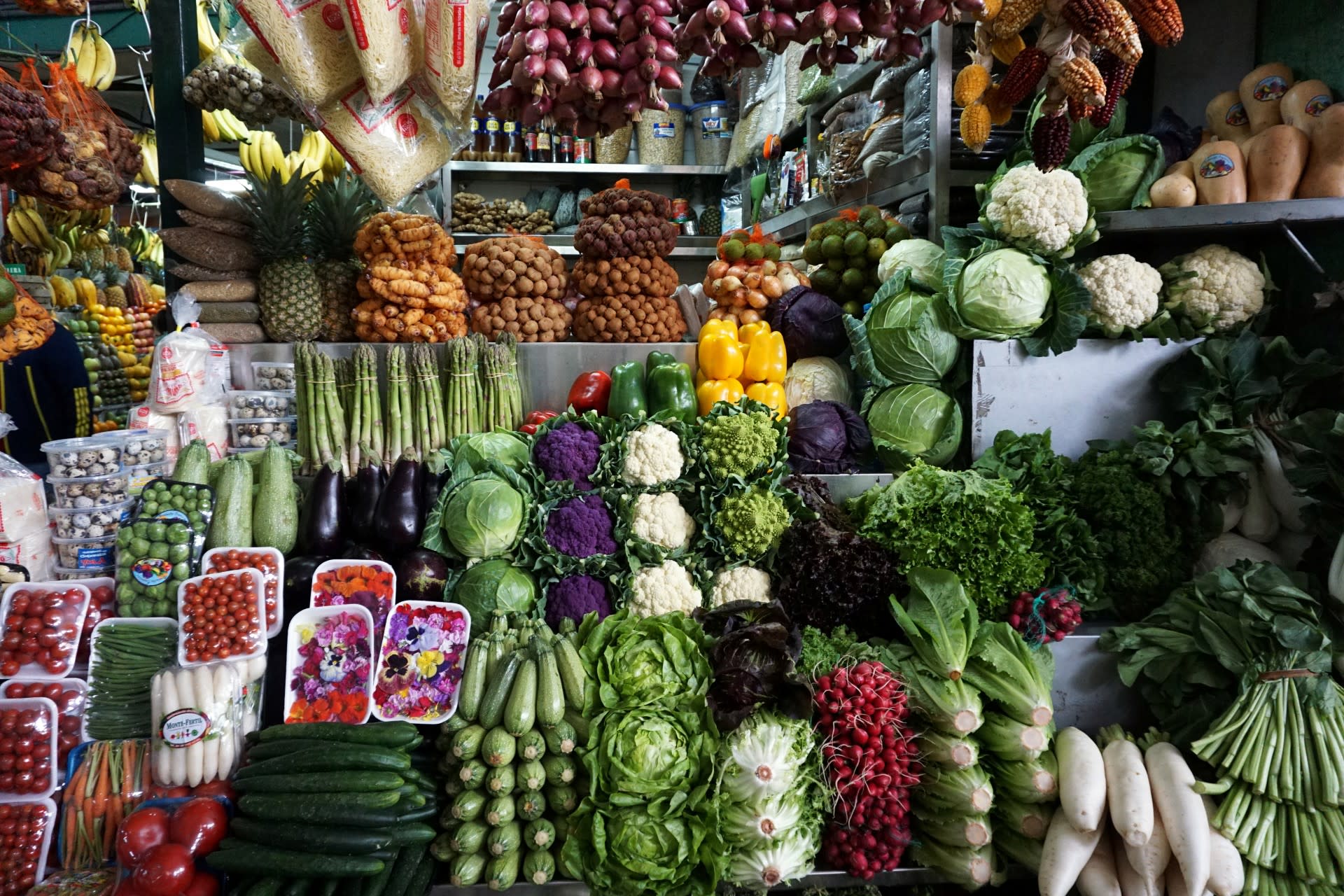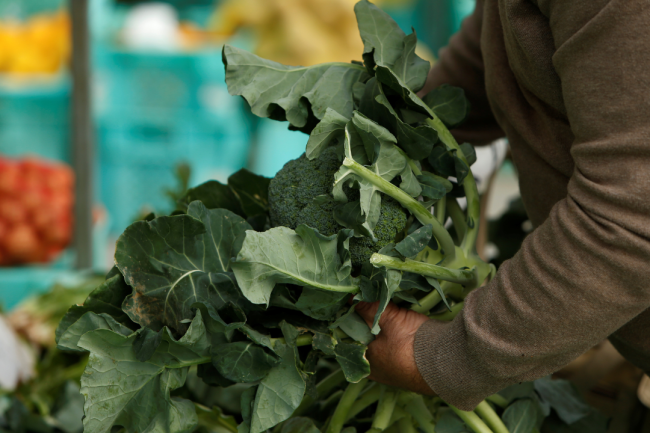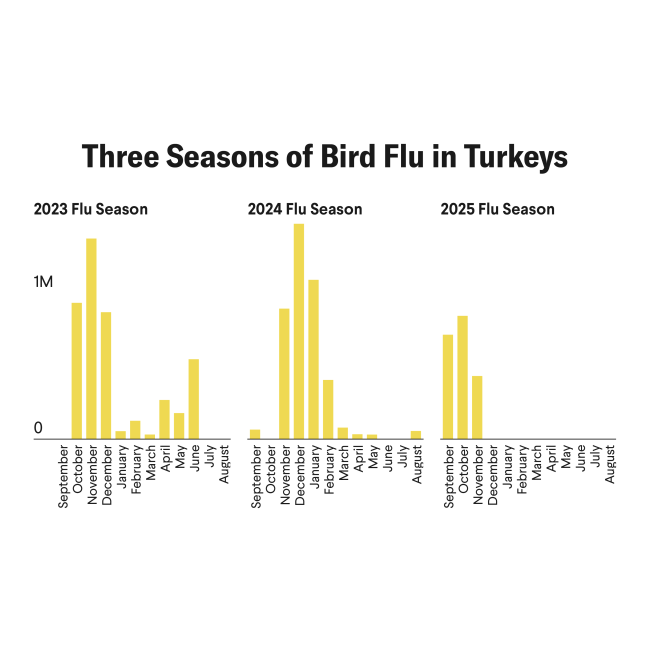Eating five servings of fruits and vegetables a day has been standard health advice for decades—and for good reason. Data show that eating 400 grams of fruit and vegetables a day (five 80-gram servings) can lower the risk of heart disease, stroke, and certain cancers. But not everyone has equal access to fresh produce. For many people in low- and middle-income countries, reaching the recommended number of servings is challenging. The cost of fruits and vegetables is often higher than that of processed foods and supply may be limited in many places. There is change on the horizon, however. New findings from the Institute for Health Metrics and Evaluation (IHME), reported in Nature, show that just two servings of fruits and vegetables a day can provide similar health benefits as eating five (eating five is still better, though). These foods can be cooked in a variety of ways to ensure every taste palette finds a way to get the recommended amount of produce to help reduce the risk of severe illness.
To illustrate how some people fit in their two servings of vegetables a day, we compiled a slideshow featuring individuals and communities across the globe harvesting, buying, and eating their "greens."
